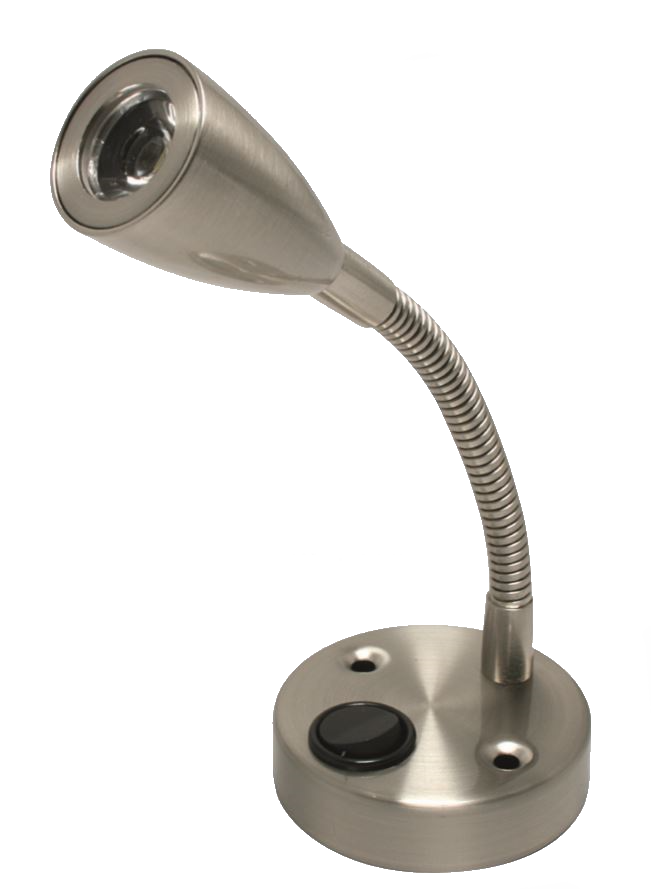

Among many factors that affect the electroluminescence (EL) characteristics, the extension of pi-conjugate and atom substitution on the ligands will be able to produce required properties.


In 2006, Bolink group suggested a blended of cationic ruthenium tris bathophenthroline complex with 20% poly(methyl methacrylate) (PMMA) which shown a maximum light output of 390 cd/m 2 at a very low applied voltage (3 V) 17.

Bard significantly progressed LEC based on 2+ (bpy: 2,2-bipyridine) and its analogues which shown high external quantum efficiency (EQE) and luminescence quantum yields (Φ) of about 10% 16. In 1996, the first LEEC based on ITMC was reported by Lee and co-workers who indicated that ionic ruthenium polypyridyl complexes have acceptable electroluminescence characteristics and thermal stabilities 15. However, the unique photophysical properties of ionic transition metal complexes (ITMCs) such as active triplet excited state, long life time and high quantum efficiency in Ir-cyclometalted complexes and ruthenium polypyridyl complexes caused to design their novel derivatives 14. Up to now, many molecules including transition metal complexes 12, polymers, Organic- inorganic composites and macromolecules 13 have been applied in LEEC as emitter. Important modification of LEEC occurs upon designing new emitters that can be compatible with electrodes 11. The presence of single active layer increases the rate of combination of hole and electron within the emitters when can eventually bring down the turn on voltage below 4 V 10. In contrast to other types of LED including semiconductor-LED or organic light emitting diode (OLED), a LEC constructs only single layer emitter sandwiched between anode and cathode 9. These limitations can be resolved through a very simple architecture and low-cost of a LEC 4, 5, 6, 7, 8. In fact, a big challenge that always limits the commercialization of Light Emitting Diodes (LEDs) including multi-layer depositions by deposited stepwise which in most case needs to thermal vacuum evaporation and then rigorous encapsulation process for fabrication of low work function metal or a chemically n-doped electron injection layer which both are unstable in air. Light Emitting Electrochemical Cell (LEEC) has attracted great interest among scientists due to its outstanding photophysical properties 1, 2, 3. Moreover, this substitution dramatically influences other electroluminescence metrics including decreasing turn on voltage from 4.5 to 3.1 V, increasing maximum luminance (L max) from 193to 742 cd.m −2 and increasing lifetime from 539 to 1104 second, which are the best value among the binuclear ruthenium polypyridyl complexes to date. Here, we report, efficient NIR-LEEC based of two novel binuclear ruthenium phenanthroimidzole complex which differ by employing the type of ancillary ligand including 2, 2′bipyridine (bpy) (B1) and 4, 4′ dimethyl bpy (B2) that realize maximum EQE of 0.14 and 0.68% and extremely long excited state lifetimes of 220 and 374 ns for thin film were estimated, respectively, indicating that influences of substitution on ancillary ligand. However, only a few examples of NIR-LEEC are reported in which external quantum efficiency(EQE) of devices limited to 0.1%. LECs were also shown advantages such as light weight, simplicity and low operation voltages. Near-infrared light-emitting electrochemical cell (NIR-LEEC) has emerged as a new and promising lighting sourcewhich could serve as low-cost alternatives in NIR light-emitting sources which are typically expensive.


 0 kommentar(er)
0 kommentar(er)
